Food is much more than just a means of sustenance. It is an integral part of our cultural
identity, our memories, and our social lives. The tastes, textures, and aromas of food evoke
emotions, tell stories, and provide insights into the history and traditions of the people who
prepare it. From ovjtoto in bustling cities to elaborate feasts at royal
courts, food has always been a symbol of creativity, tradition, and community.
In this article, we will take a journey across the globe to explore the diversity of food,
focusing on how it varies by region, culture, and history, and why it continues to be such an
essential part of our daily lives.
The Origins of Food Diversity
Food diversity can be traced back to the earliest human civilizations. As humans migrated
across the world, they adapted their diets to the landscapes they inhabited. The availability
of different ingredients, from grains and vegetables to animals and spices, led to the creation
of unique culinary traditions in every corner of the globe.
In ancient Egypt, for example, the people relied on wheat, barley, and dates, producing
bread and beer as staples of their diet. Meanwhile, the ancient Chinese, with their abundant
rice paddies and fishing traditions, developed a cuisine based on rice, fish, and soy.
Similarly, in Central America, the indigenous people cultivated maize, beans, and chilies,
forming the foundation of the vibrant cuisine that we recognize as Mexican food today.
Regional Food Traditions: A Glimpse of the Global Menu
As civilizations evolved, so too did their food. Regional cuisines developed based on
geography, climate, and available resources, but also due to trade, invasions, and cultural
exchange. These influences are seen in the fusion of spices, cooking techniques, and
ingredients in modern dishes.
1. Asian Cuisine: A Balance of Flavors
Asia is home to some of the world’s most diverse and sophisticated food cultures. The
cuisines of countries like China, Japan, India, Thailand, and Vietnam are known for their
emphasis on balance. One of the defining features of Asian food is the intricate balance of
flavors—sweet, sour, salty, bitter, and umami—combined in various ways.
In China, the art of balancing flavors is seen in dishes like Kung Pao Chicken or Peking
Duck, where savory, spicy, and sweet elements come together in harmony. In Japan, sushi
and sashimi focus on fresh ingredients, where simplicity and the natural flavor of the fish are
paramount.
Indian cuisine, with its rich history of spice trading, is famous for its bold, aromatic flavors.
Dishes such as biryani, curry, and dosa bring together an extensive array of
spices—cardamom, turmeric, cumin, and coriander—each contributing to the overall depth
of flavor.
2. Mediterranean Cuisine: A Celebration of Freshness
The Mediterranean diet is often hailed as one of the healthiest in the world, and it’s no
surprise why. This cuisine places a strong emphasis on fresh vegetables, fruits, olive oil,
seafood, and lean meats. Countries like Greece, Italy, Spain, and Turkey are the heart of this
food culture, where simple ingredients are transformed into dishes that are both flavorful and
nutritious.
One of the most famous Mediterranean dishes is the Greek salad, made with cucumbers,
tomatoes, olives, onions, and feta cheese. The use of olive oil as the primary cooking fat
ensures that the dishes are light yet satisfying. Italian cuisine, on the other hand, is known
for its pasta and pizza, with each region offering its own unique spin on these staples.
3. Latin American Cuisine: A Burst of Color and Flavor
Latin American cuisine is a colorful mosaic of influences from indigenous cultures, Spanish
colonization, and African slavery, resulting in a rich array of flavors and ingredients. Corn,
beans, and chilies are foundational to many Latin American dishes, including tamales, tacos,
enchiladas, and mole.
Mexican food is one of the most beloved cuisines worldwide, with its bold flavors and unique
use of chilies, cilantro, lime, and spices. Argentinian cuisine is famous for its beef,
particularly the delicious asado (barbecue), where meat is cooked slowly over an open
flame. In Brazil, the cuisine is influenced by a mix of African and Portuguese heritage, with
feijoada (a black bean stew with pork) being a popular dish.
4. European Cuisine: The Rich Heritage of the Old World
Europe is a continent with a vast and varied food history. From the hearty stews of Northern
Europe to the fine dining traditions of France and the tapas culture of Spain, Europe offers a
wide range of culinary experiences.
French cuisine, considered by many to be the epitome of gastronomy, focuses on technique
and presentation. Dishes like coq au vin, ratatouille, and croissants showcase the delicate
balance of ingredients, while French patisserie is known for its intricate and mouthwatering
desserts, such as éclairs and macarons.
In contrast, the hearty, comforting food of Northern Europe—think British roasts, German
sausages, and Scandinavian pickled herring—focuses on warmth and sustenance, often in
response to the colder climates.
5. African Cuisine: A Fusion of Tradition and Innovation
African food is as diverse as the continent itself, shaped by centuries of trade, colonization,
and migration. From the spicy stews of North Africa to the grilled meats and vegetable
dishes of sub-Saharan Africa, the cuisine is rich in flavor and history.
Moroccan cuisine is known for its use of spices like saffron, cumin, and cinnamon, often in
tagines (slow-cooked stews). In West Africa, jollof rice—seasoned with tomatoes, onions,
and spices—is a popular dish, while in South Africa, the barbecue tradition, known as
“braai,” is an important social activity.
The Role of Food in Culture and Society
Food is not just about nourishment; it is a powerful cultural symbol. In many cultures, food
plays a central role in religious rituals, celebrations, and family gatherings. In Italy, for
instance, meals are often family affairs, with multi-course dinners lasting for hours, while in
Japan, the act of preparing and presenting food is viewed as an art form, reflecting respect
for nature and the seasons.
In many cultures, food also signifies hospitality. The sharing of a meal is seen as a way of
building relationships and fostering community. Whether it’s offering a bowl of soup to a
guest or preparing a festive meal for a holiday, food serves as a universal language of
connection and care.
Conclusion
The diversity of food across the world is a testament to the creativity, resilience, and
adaptability of humanity. From the fields of Asia to the kitchens of Europe, from the markets
of Africa to the family tables of Latin America, food unites us all. It reflects our history, our
values, and our ever-evolving tastes. As we continue to explore the world of food, we
uncover not only delicious dishes but also the rich stories that shape our collective identity.
Food is not just something we eat; it’s an experience, a connection to the past, and a
celebration of culture. So, the next time you sit down to a meal, remember that you are not
just feeding your body—you are partaking in a global tradition that has been passed down
through generations.
Exploring the Diversity of Food: A Global Journey Through Taste
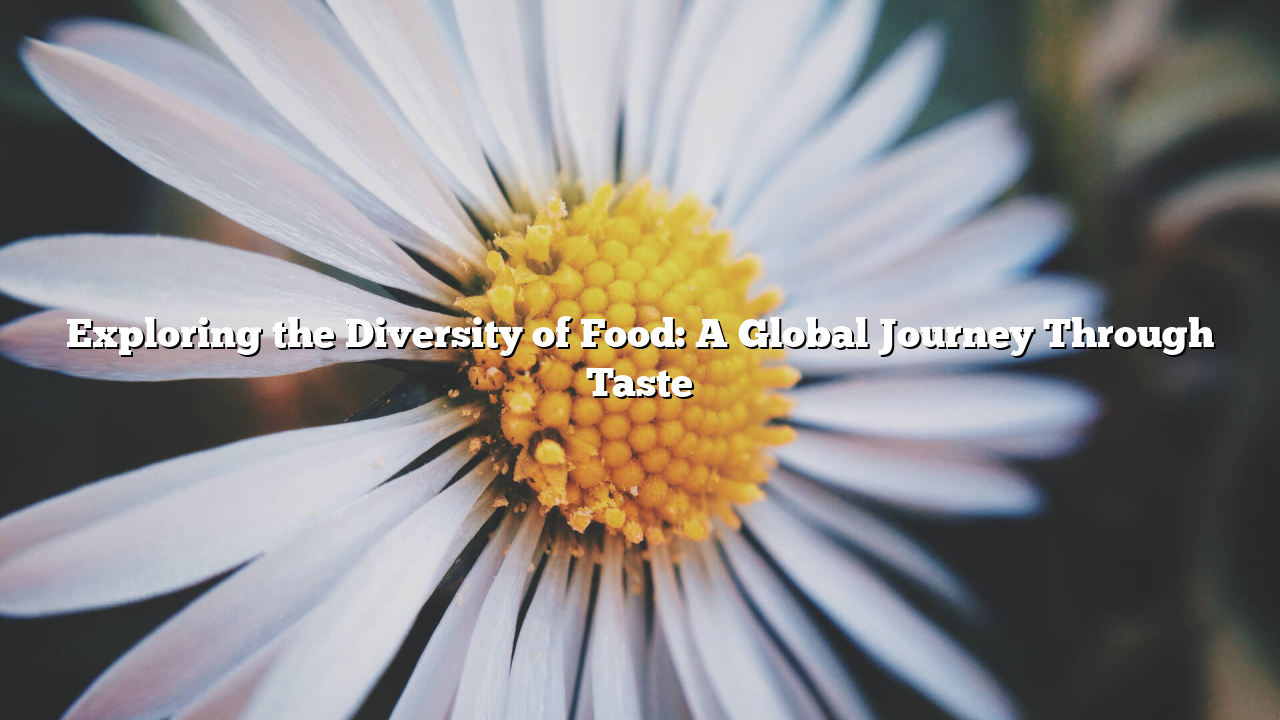
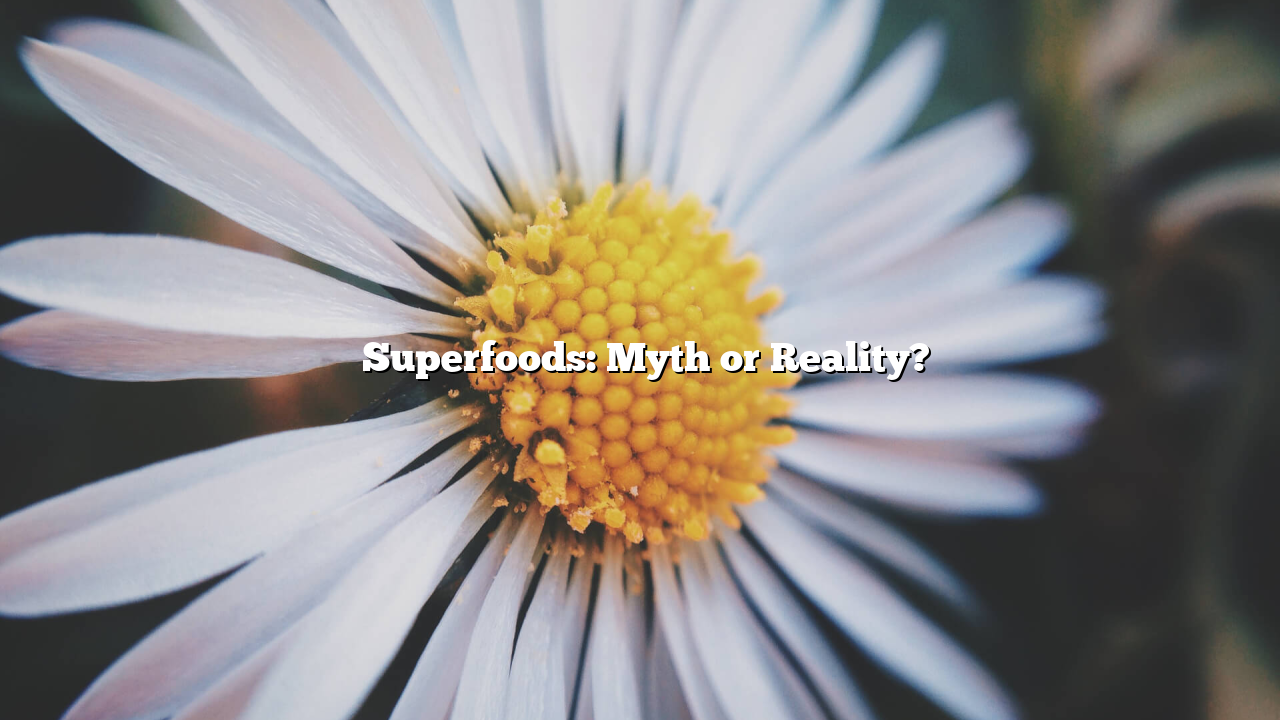
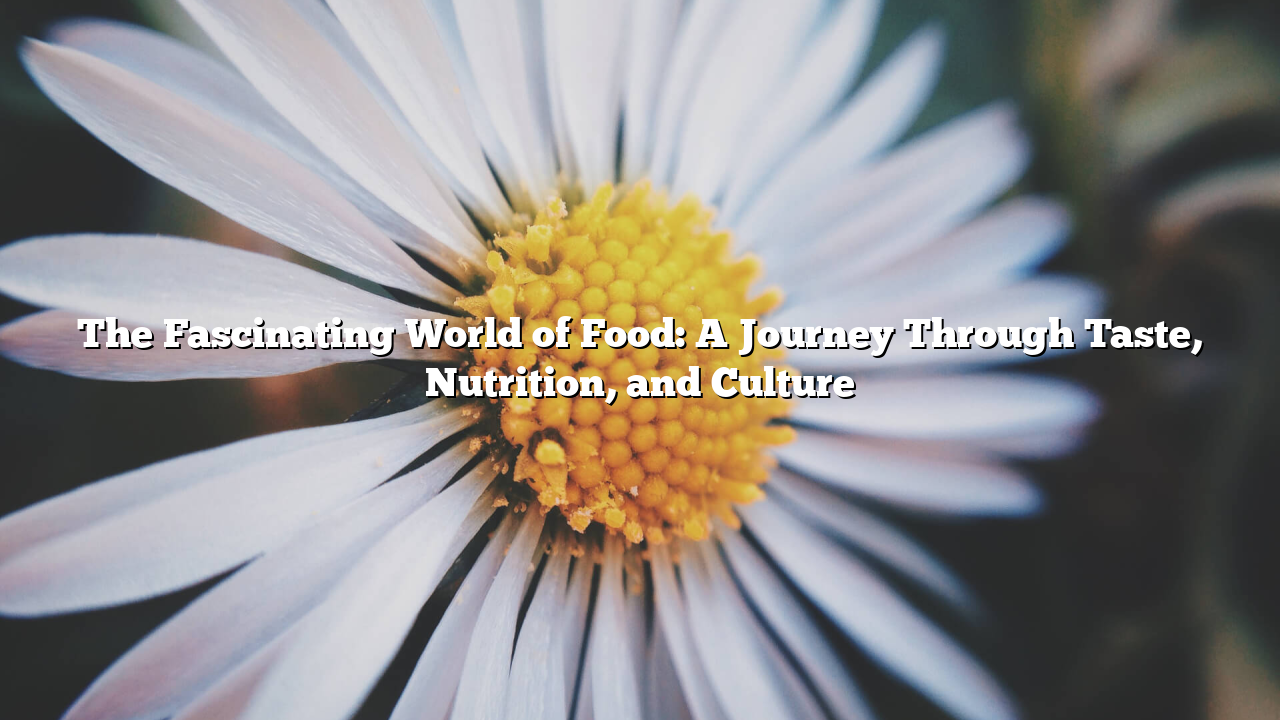





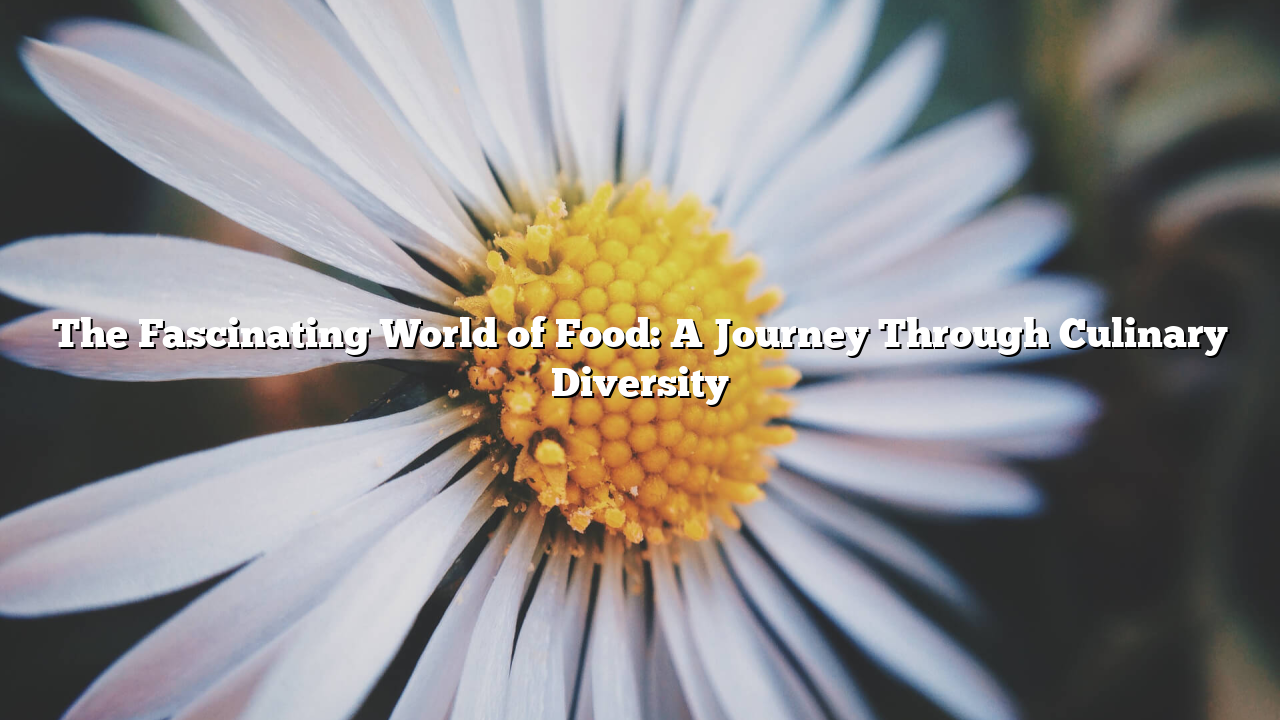

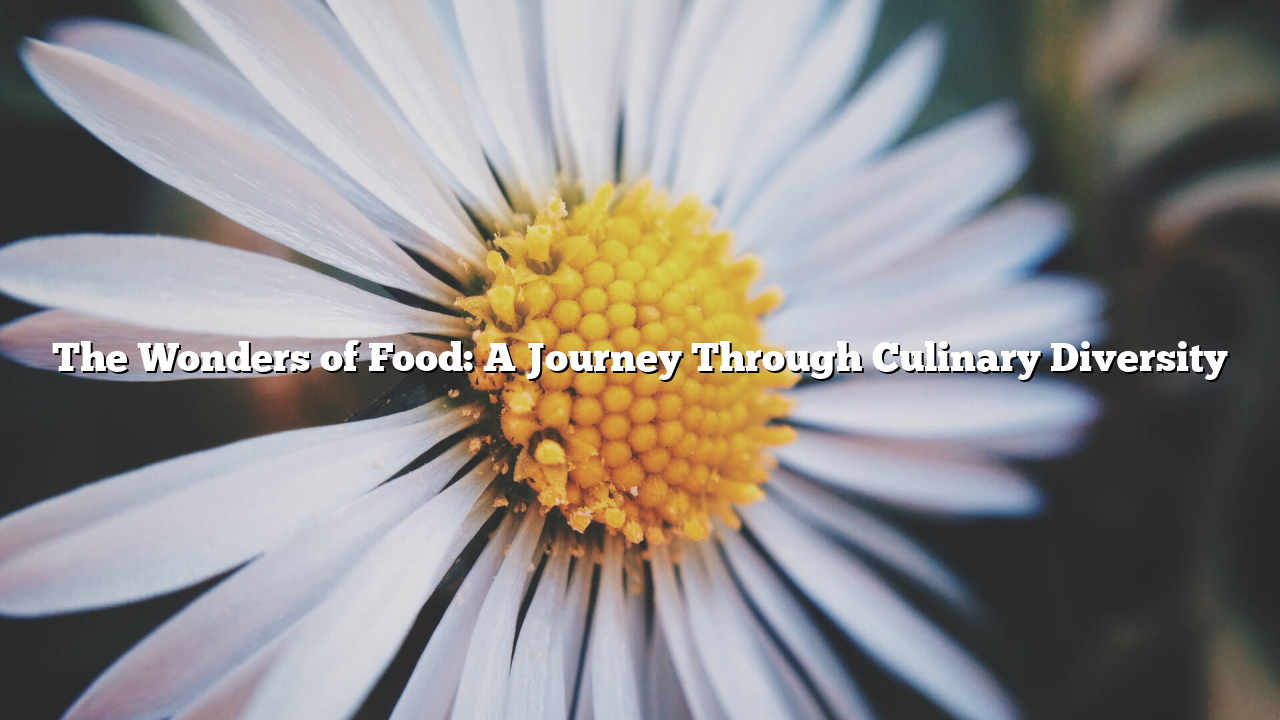
Leave a Reply